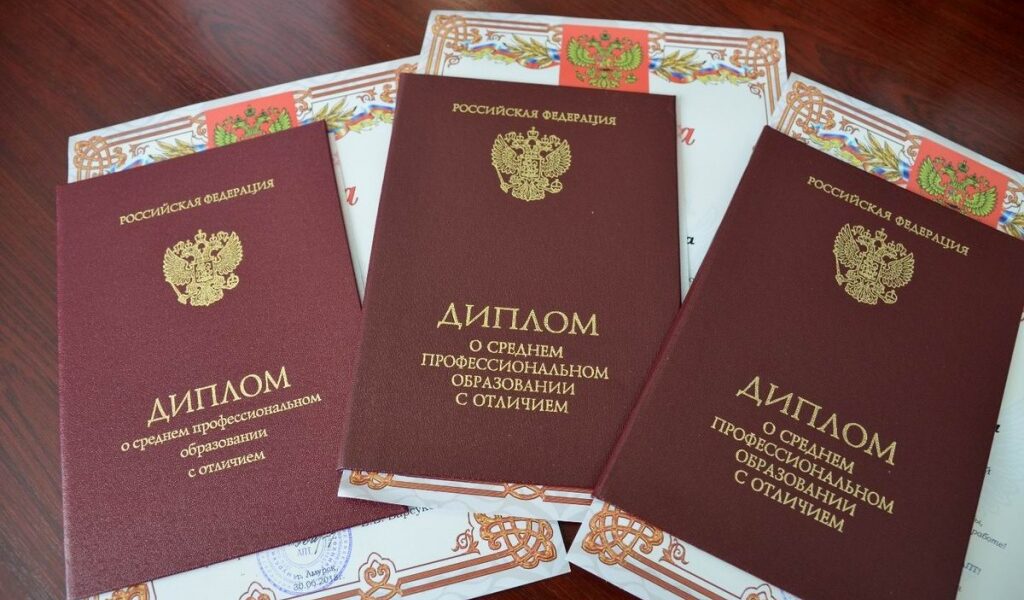
Casino Dexsport UK: The Ultimate Gaming Destination
Welcome to the premiere destination for online gaming enthusiasts, Casino Dexsport UK Dexsport com. In the realm of online casinos, few names resonate with players more than Casino Dexsport UK. Known for its extensive game variety, enticing promotions, and user-friendly interface, this casino has carved out a significant place in the competitive gambling industry. In this article, we will explore the unique features, game offerings, and the overall experience at Casino Dexsport UK.
Game Variety
One of the most remarkable aspects of Casino Dexsport UK is its wide range of gaming options. Players can indulge in an array of classic and modern games, ensuring there is something for everyone. Whether you are a fan of table games, slot machines, or live dealer experiences, here you will find a plethora of choices.
Slots Galore
Slot games are a highlight at Casino Dexsport UK. With hundreds of titles from top software providers, including NetEnt, Microgaming, and Play’n GO, players can explore themes ranging from ancient civilizations to fantasy adventures. Popular titles such as “Gonzo’s Quest,” “Starburst,” and “Book of Dead” are just a few examples of what awaits players in this vibrant gaming library.
Table Games
For those who prefer the strategic aspect of gambling, the casino offers a robust selection of table games. Traditional games like Blackjack, Roulette, and Baccarat are available in multiple variations, catering to different player preferences. The user interface is designed for ease of play, allowing both novices and seasoned gamblers to enjoy a seamless experience.

Live Casino Experience
The live casino section at Casino Dexsport UK is a standout feature that brings the electrifying atmosphere of a physical casino right to your screen. With real-time interaction and professional dealers, players can engage in live games such as Live Blackjack, Live Roulette, and Live Poker. This immersive experience makes it easy to feel connected to the action, no matter where you are playing from.
Attractive Promotions and Bonuses
Another compelling reason to join Casino Dexsport UK is its generous promotions and bonuses. New players are greeted with enticing welcome bonuses that can include match deposits, free spins, or both. This allows players to start their journey with a boost, maximizing their chances of winning from the very beginning.
Beyond the initial welcome offers, Casino Dexsport UK retains its users’ loyalty by running regular promotions such as reload bonuses, cashbacks, and special tournaments. These promotions are designed to enhance the gaming experience and keep excitement levels high among players.
Safe and Secure Gaming Environment
At Casino Dexsport UK, player safety is a top priority. The casino employs state-of-the-art encryption technologies to safeguard personal and financial information, ensuring a secure gambling environment. Furthermore, the casino is licensed and regulated by reputable authorities, creating additional assurance for players regarding fair play and transparency.
User Experience and Customer Support

The user interface of Casino Dexsport UK is designed with the player in mind. The intuitive layout makes it easy to navigate through various sections, whether you are searching for games, promotions, or account information. The website’s responsive design guarantees a smooth experience across devices, including desktops, tablets, and mobile phones.
Should players encounter any issues or have questions, the customer support team is readily available. With multiple contact options including live chat, email, and a comprehensive FAQ section, players can quickly access the assistance they need.
Payment Methods
Casino Dexsport UK supports a variety of payment methods to facilitate smooth transactions. From standard credit and debit cards to e-wallets and bank transfers, players can choose the option that best suits their needs. The processing times for deposits are generally instant, while withdrawals are executed promptly, within a timeframe that remains competitive within the industry.
Responsible Gaming Initiatives
Another commendable aspect of Casino Dexsport UK is its commitment to responsible gaming. The casino provides resources and tools for players to manage their gambling habits. Players can set deposit limits, loss limits, and self-exclusion periods to ensure that their gaming remains a fun and controlled activity. Casino Dexsport UK promotes a healthy gaming environment by encouraging players to seek help if they feel their gaming is becoming problematic.
Conclusion
In summary, Casino Dexsport UK stands out as a premier online gaming destination that caters to a diverse audience. Its extensive game library, generous bonuses, and commitment to player safety provide a thrilling and secure gaming experience. Whether you’re a seasoned player or new to the world of online casinos, Casino Dexsport UK offers an engaging platform to explore and enjoy. With its user-friendly design and top-notch customer service, it’s evident that Casino Dexsport UK is more than just a gambling site—it’s a fully-fledged entertainment hub waiting for you to discover.







